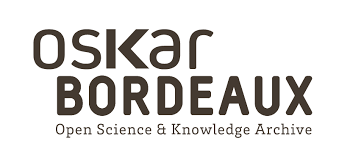Facility-Based Indicators to Manage and Scale Up Cervical Cancer Prevention and Care Services for Women Living With HIV in Sub-Saharan Africa: a Three-Round Online Delphi Consensus Method
Résumé
Background:Of women with cervical cancer (CC) and HIV, 85% live in sub-Saharan Africa, where 21% of all CC cases are attributable to HIV infection. We aimed to generate internationally acceptable facility-based indicators to monitor and guide scale up of CC prevention and care services offered on-site or off-site by HIV clinics.Methods:We reviewed the literature and extracted relevant indicators, grouping them into domains along the CC control continuum. From February 2021 to March 2022, we conducted a three-round, online Delphi process to reach consensus on indicators. We invited 106 experts to participate. Through an anonymous, iterative process, participants adapted the indicators to their context (round 1), then rated them for 5 criteria on a 5-point Likert-type scale (rounds 2 and 3) and then ranked their importance (round 3).Results:We reviewed 39 policies from 21 African countries and 7 from international organizations; 72 experts from 15 sub-Saharan Africa countries or international organizations participated in our Delphi process. Response rates were 34% in round 1, 40% in round 2, and 44% in round 3. Experts reached consensus for 17 indicators in the following domains: primary prevention (human papillomavirus prevention, n = 2), secondary prevention (screening, triage, treatment of precancerous lesions, n = 11), tertiary prevention (CC diagnosis and care, n = 2), and long-term impact of the program and linkage to HIV service (n = 2).Conclusion:We recommend that HIV clinics that offer CC control services in sub-Saharan Africa implement the 17 indicators stepwise and adapt them to context to improve monitoring along the CC control cascade.
Origine : Fichiers éditeurs autorisés sur une archive ouverte



